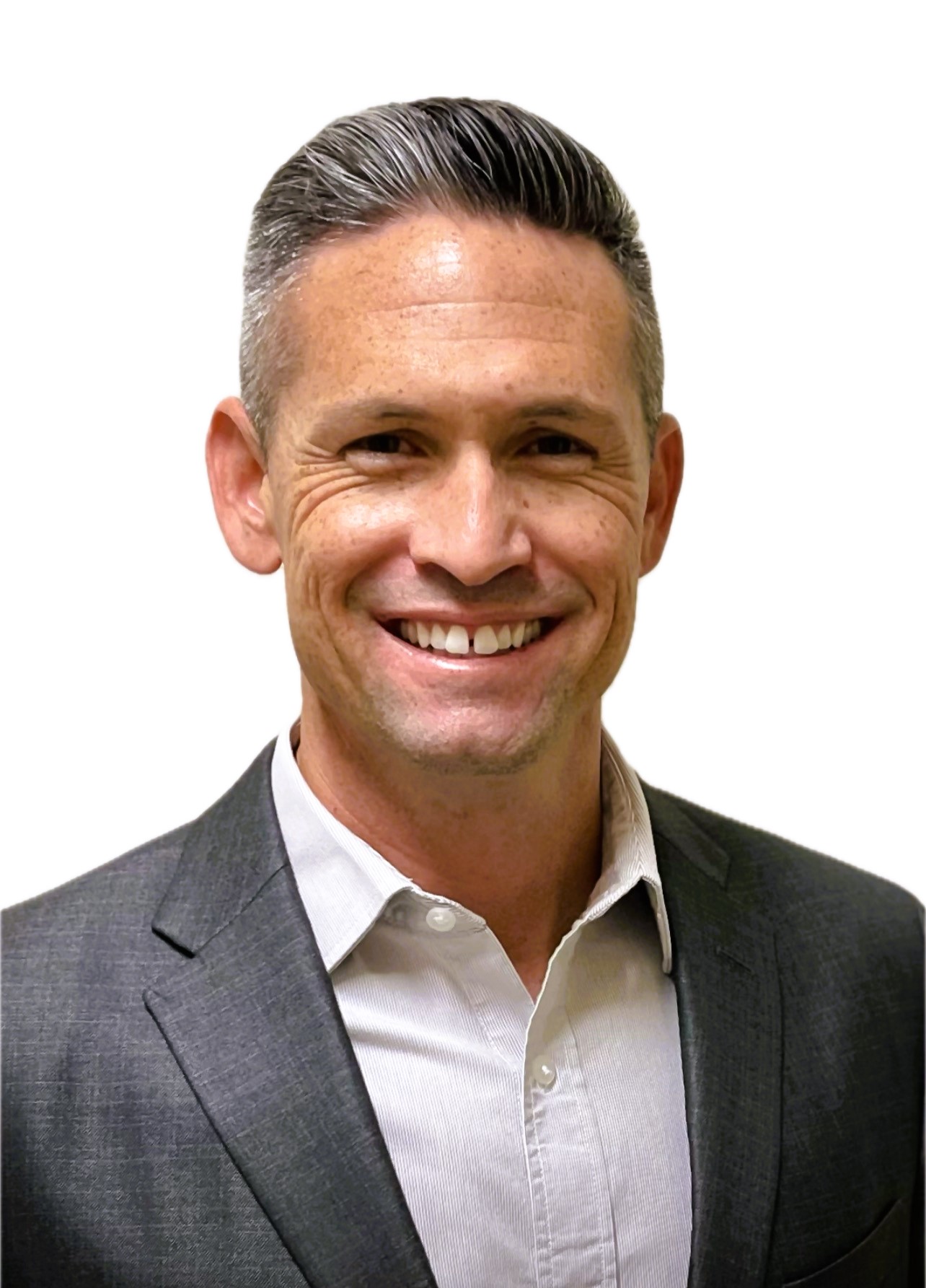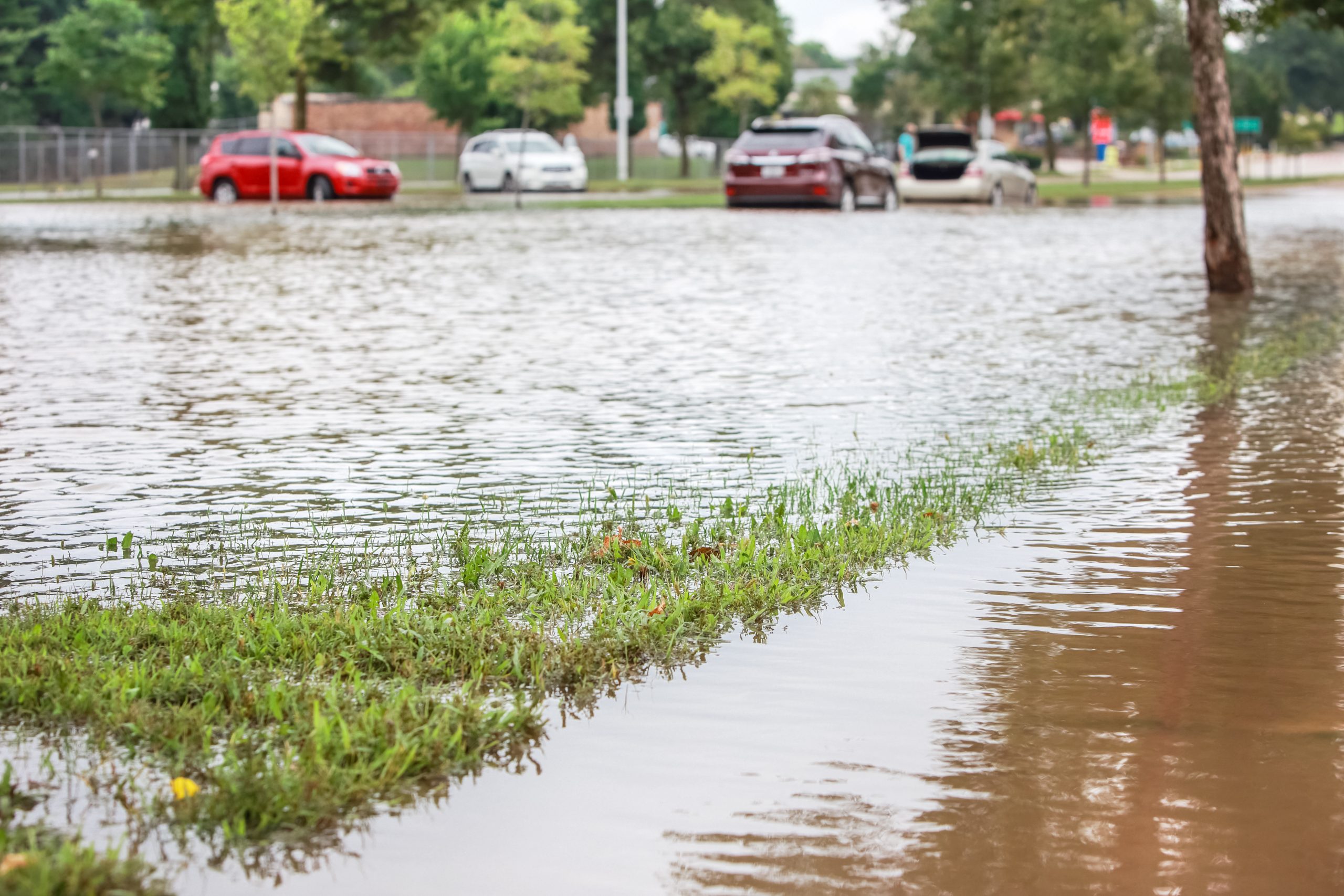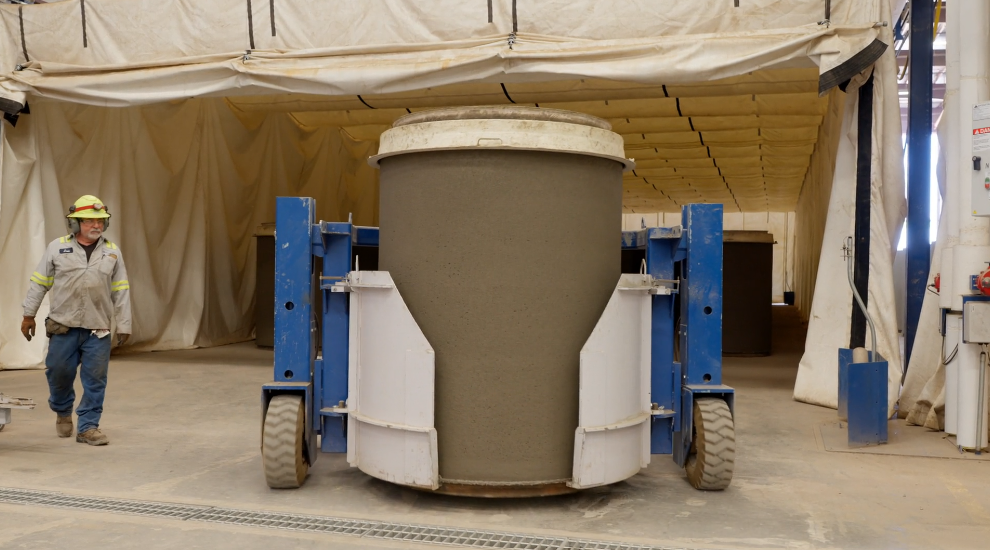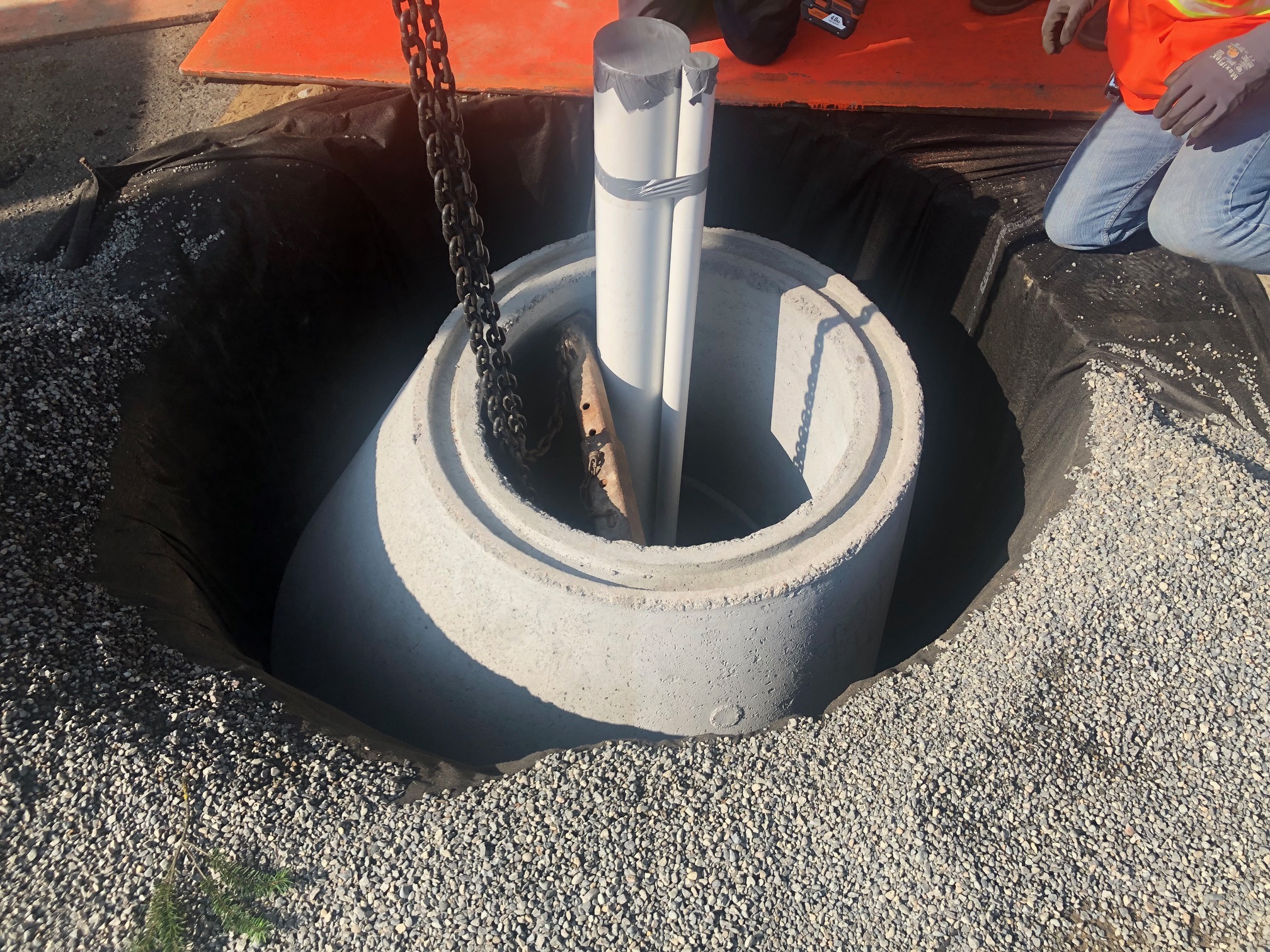November 18, 2025
ReNeM: A Smarter Framework for Groundwater Recharge and Sustainable Water Management

Water scarcity is an ongoing challenge across many regions of the United States, and its effects are intensifying. In the Southwest, prolonged droughts combined with rising demand for water have placed immense pressure on natural resources, leading to the alarming depletion of vital aquifers.
To combat this, some states have implemented incentive programs such as managed aquifer recharge (MAR), which typically awards credits for recharging aquifers that can be used for future abstraction. This “groundwater banking” approach has undoubtedly helped, as the fundamental concept of this system requires that deposits be made into the aquifer in order to make withdrawals, which helps to ensure sustainable water supply. However, this process has its limitations.
In recent years, however, a promising alternative approach has emerged.
What is Recharge Net Metering?
Recharge Net Metering (ReNeM) was introduced by Bruce et al in Nature Water in 2023 and derived from the same concept as Net Energy Metering (NEM), a renewable energy incentive that rewards electricity customers for generating their own electricity and feeding it back into the grid.
Under NEM, when customers are drawing more power than being generated, they are charged for that power; however, during periods when their on-site electricity generation source is generating more electricity than being used, this surplus generation recharges the grid, and the customer is awarded with credits that are applied to their electricity bill.
ReNeM operates on the same principle, only with water as the shared public resource instead of electricity. Under the ReNeM framework, customers are charged when they draw water from public sources but are given a rebate if they invest in stormwater management techniques that infiltrate surface water back into the vadose zone.
ReNeM and MAR: what’s the difference?
Both MAR and ReNeM reward the return of water to groundwater supplies, but the main difference between the two is that MAR operates like a traditional bank—you deposit water, and you can withdraw that water at a later date—while ReNeM operates more like a shared community fund.
The MAR “groundwater banking” model is a valuable tool for incentivizing groundwater recharge in the face of water scarcity, but it has significant limitations.
The first limitation is that it isn’t really like a bank; money deposited into an account remains in that account, whereas water may infiltrate or otherwise move out of the area in which it was deposited, meaning deposits are not guaranteed to replenish the aquifer.
The second limitation is that it is like a bank, in that if there’s a “run” on groundwater then the “bank”—the aquifer—might be unable to meet demand due to, pardon the pun, insufficient liquidity.
The third is that under MAR a water “deposit” comes with the right to withdraw that deposit at a later date, meaning that what is being incentivized is balancing supply and demand at an individual user level, instead of replenishment at the aquifer level. Most MAR programs design an imbalance into the system in order that the volume of water credited for withdrawal is smaller than the volume credited for recharge, but in the face of sustained pressure from human abstraction and an increasingly dry climate, this is not always effective.
Finally, it is not always possible to implement a MAR program in a cohesive way, as private land ownership and incompatible geology mean that MAR infiltration elements are often implemented in isolation and in a way that imbalances net infiltration.
ReNeM aims to address these limitations, and it does so by decoupling deposits from withdrawals instead rewarding and incentivizing long-term, holistic infiltration and awarding rebates to landowners that account for volumes of water infiltrated and the costs associated with pumping.
For example, ReNeM rewards the collection and infiltration of precipitation during monsoon seasons or periods of intense storms; on sites that have not been optimized for stormwater capture and infiltration, the bulk of that surface water may enter natural or man-made drainage networks and leave the area without providing a significant local groundwater recharge benefit.
The depths and breadths of infiltration
Aquifers are deep-lying bodies of water that can take many years to recharge from surface water infiltration—centuries, for confined aquifers—and as human abstraction drains them far faster than they can be replenished by natural means, it is preferable to collect and infiltrate surface water using artificial means. MAR operates on precisely this assumption, using a range of shallow and deep infiltration techniques to manage surface water.
While this is undeniably beneficial in replenishing the reserves of water available for human use, its effectiveness is limited by its structure. By relying on and incentivizing individual site owners it results in a patchwork of disconnected infiltration points that, while undoubtedly effective on a local scale, fail to utilize the entire landscape—both built and natural—for collection and infiltration. As such, MAR uses only a percentage of the surface area available for collection and infiltration and can therefore only ever hope to recharge a percentage of the available precipitation. Further, its “deposit-to-withdraw” concept can disincentivize a site owner from recharging more than his or her anticipated future demand.
ReNeM broadens the scope to consider the landscape as a single collection and infiltration vector that operates continually and incentivizes a range of collection techniques that accommodate different site conditions and seasonal variations in precipitation. By also broadening the concept to incentivize a communal net recharge model, rather than an individualistic “supply-and-demand” model, individual participants share the benefit as a community.
The ideal approach to effectively replenishing our aquifers is likely to require a balance of shallow and deep infiltration techniques, with human factors, supply and demand, environmental, geographical and geological conditions all influencing the mix of methods and technologies. The ReNeM model takes this into account, though in order to achieve widespread adoption it is critical that landowners are provided with a selection of collection and infiltration options that meet their site-specific requirements, and that sufficient funding sources are made available.
The solution: champion ReNeM, improve MAR
Although the case for ReNeM is compelling, I am under no illusion that we are going to transition from MAR to ReNeM at scale any time soon. Societal, financial, and political barriers exist that can make it difficult to achieve buy-in from all the parties required to make it a success.
Nevertheless, we should continue to push for its adoption. Water is a precious, finite, shared resource, and balancing supply and demand is most likely to be achieved when we think and act as a community, sharing responsibility for its effective management.
We should continue to implement the range of stormwater management techniques that support the surface-level and shallow infiltration components of a ReNeM program, particularly in developed areas with high levels of impermeable surfaces. Detention, retention and infiltration systems such as CUDO®, StormCapture® and BioPod™ provide surface-level and shallow storage and infiltration that mimic the natural processes that were present at a site before it was developed.
We should also keep in mind that, despite its limitations, a MAR program is still overwhelmingly better than no aquifer replenishment program at all. However, where MAR is implemented, we should try to improve the way it operates. Landowners should aim to infiltrate surface water as deeply as possible, ideally around one or two feet above the boundary layer of the aquifer. This approach gets water directly to where it needs to be, while adding a natural filtration stage through the local geology.
A deep infiltration drywell such as MaxWell® is optimized for just such an application. At just 6 ft in diameter, these systems have a very small footprint but provide a drainage area of over 43,000 sq ft and a storage volume of up to 2,500 gallons, and they can infiltrate at depths of up to 120 ft. MaxWell systems in Arizona and southern California alone recharge around 4.2 bn gallons or 13,000 acre-ft of precipitation every year.
Conclusion
In the end, achieving sustainable water management requires both innovation and pragmatism. While widespread adoption of ReNeM may take time, championing its principles alongside improving MAR programs is a critical step forward.
By integrating surface-level solutions like CUDO®, StormCapture®, and BioPod™ with deep infiltration systems such as MaxWell®, we can create a layered approach that mimics natural hydrology and maximizes aquifer replenishment. Every gallon recharged represents progress toward a future where water scarcity is mitigated through shared responsibility and smarter infrastructure.
The path may be challenging, but the payoff—a resilient, sustainable water supply for generations to come—is worth every effort.



